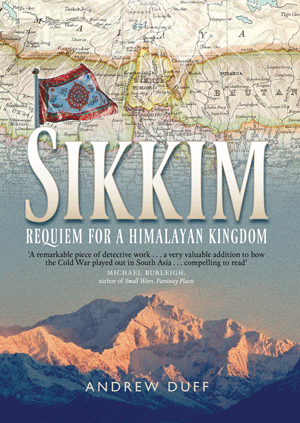It sometimes feels like this journey’s been all about learning to breathe again – from yoga in India to Tai Chi in China via the mind-focusing thin air of Everest Base Camp, and on to free- and scuba-diving and of course Vipassana meditation.
After a flight from Singapore to Bali, I couldn’t resist the opportunity to take the free-diving a little further. A short hop to the Gili Islands, and I was in the only other place in Asia that holds a free-diving school.
When I first tried free-diving in Thailand, my wonderful instructor Rodrigo had told me mysteriously that my free-diving would improve immeasurably after Vipassana (he had done the 10-day course a number of times), and I was eager to find out what he meant.
Bizarrely, free-diving is much closer to yoga and meditation than it is to diving of the Scuba variety, in that the heart of the sport is breath- and mind-control under water. In that sense, the benefits of ten days of meditation quickly became clear. I was able to focus quicker, deal with problems in a balanced way, and recognise the power of the harnessed and focused mind. Over 4 days, my instructor (an eminently practical Brit with a superb manner) gave me the opportunity to push myself to deeper depths and (more importantly) get comfortable diving regularly to 20 metres. I reached 24 metres with ease on the last day.
As Australian author Tim Winton wrote in his uber-cool 2008 surfing novel Breath: “It’s funny, but you never think much about breathing. Until it’s all you ever think about.”
With Australia and the Great Barrier Reef looming, I also completed my aquatic preparation by getting the advanced Scuba qualification and squeezing in a few days acquainting myself with that most quintessential of Aussie activities, surfing, with a wonderful Balinese instructor, Wayan.
In a final reminder of the openness that characterises Bali, Wayan took me home to his family before driving me to the airport for my flight to Australia. I was about to thank him, but he got in there first. “Andy, thank you for helping me and my family…”, he said. I hadn’t exactly looked at it that way. It was a fittingly humbling moment to end 11 months in Asia.
Going deep down under
My arrival in the land Down Under heralded a new phase in my journey. With a request to be Best man at a wedding in January, I have a wonderful reason to return to the UK in time for the end of the year.
Australia therefore defines not only a return to western values, but also (somewhat aptly) a transition from the free roaming nature of my travels thus far, to a more planned, but no less enjoyable, itinerary through Australia and New Zealand, before a final flurry driving across the USA from LA to New York.
With a limited amount of time for Australia, and the lure of a series of friends down the East coast, it became clear that proper exploration of this particular continent would have to wait. Australia might have a reputation for straightforwardness and simple honesty, but 2 weeks into 3 million square miles just doesn’t go.
The one thing I did want to do though was dive the Great Barrier Reef. 24 hours after arriving in the country, I stood, wet suited and booted, on the edge of the MV Taka, a diving boat which would be my home for the next three days. As I stepped off into the Deep Blue, I had to remind myself to breathe… one of the minor challenges of swapping between free-diving (breathing categorically not advised) and scuba-diving (don’t stop breathing under any circumstances).
I’d had some wonderful diving in Asia, but nothing compared to the Great Barrier Reef. Within 30 seconds of entering the ocean, a shadow passed over my left shoulder, as three huge manta rays slowly flapped their way past. During ten dives in the next three days, I saw a diversity of marine life that provided an alternative way of quieting the mind. Bumphead parrotfish, cuttlefish, octopuses, sharks, incrredible corals and 30 metre visibility – the whole shebang. I loved it.
I’m now shuffling down the East coast through Brisbane, Sydney and Melbourne for the next flight to Christchurch and New Zealand.
Toodle pip!
P.S. A video of some of my diving experiences will follow.



